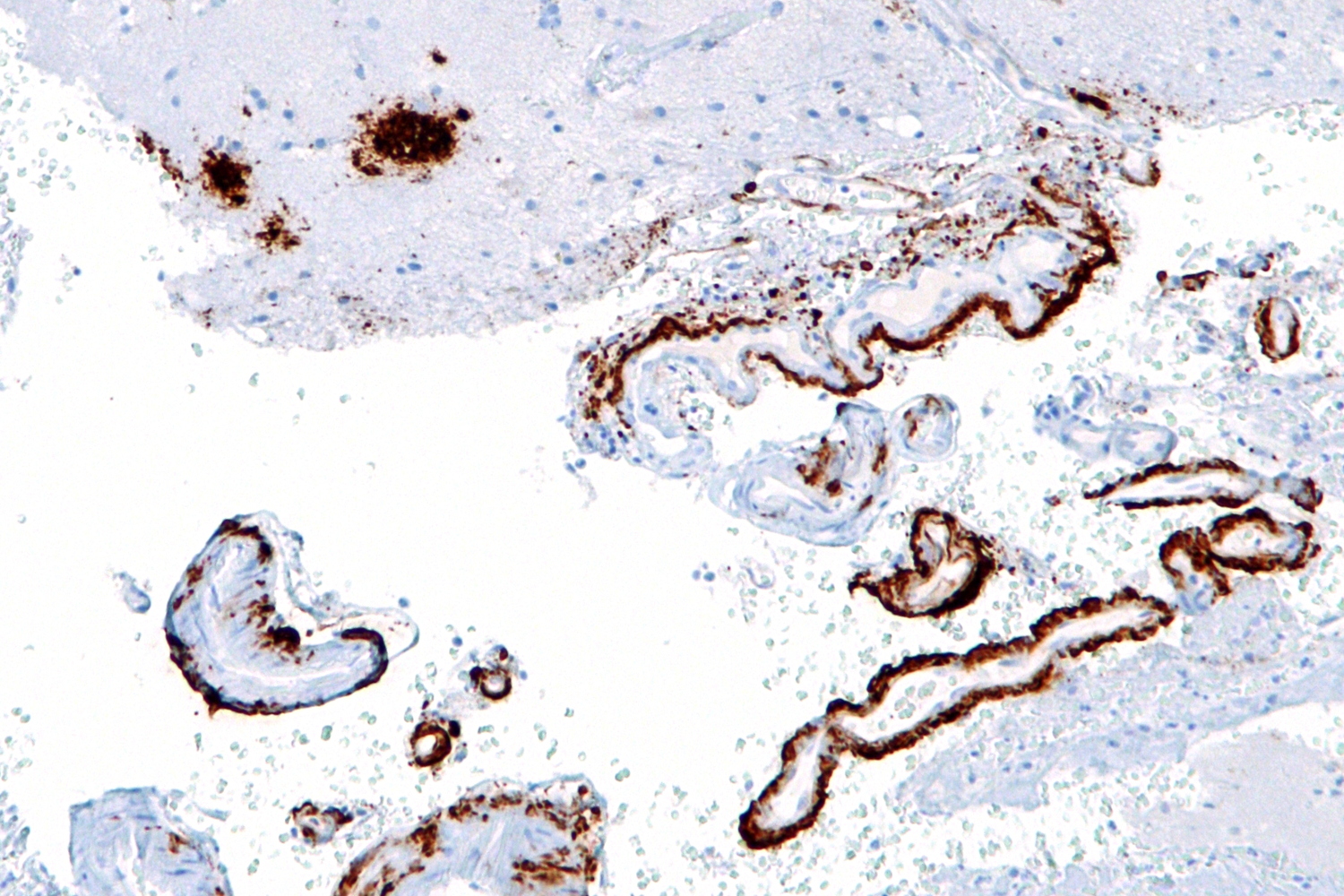One of the biggest problems with studying brain diseases such as Alzheimer's is the difficulty of getting samples of living brain cells from patients, and finding good model systems that be studied easily in the lab. There are some mouse models of Alzheimer's which have been very useful, but these don't copy all the symptoms and changes that are seen in the human disease.
Most studies of Alzheimer's disease using human tissue have been done using samples from people with a rare inherited forms of Alzheimer's, but actually the vast majority of cases are randomly-occurring, or sporadic, forms of the disease. There's also been a bit of work done using nerve cells from human foetuses, but there are ethical and technical issues with using this kind of tissue.
 Now researchers led by Mason Israel and Lawrence Goldstein from the Howard Hughes Medical Institute in California have published a paper in the journal Nature, revealing a way to generate stem cells from Alzheimer's patients, which can then be grown indefinitely in the lab.
Now researchers led by Mason Israel and Lawrence Goldstein from the Howard Hughes Medical Institute in California have published a paper in the journal Nature, revealing a way to generate stem cells from Alzheimer's patients, which can then be grown indefinitely in the lab.
The researchers started by taking small samples of skin from two patients with an inherited form of Alzheimer's disease, two patients with randomly occurring, sporadic Alzheimer's, and two people without disease. Then the scientists separated out specific cells called fibroblasts from each skin sample, which can be grown in dishes in the lab for a limited time.
Next, they used a relatively new and very exciting technique, using a special virus known as a retrovirus to deliver a particular suite of genes into the fibroblasts, which transformed them into immortal stem cells. These cells are known as pluripotent stem cells, because they can be converted into several different types of cell.
Next, the researchers grew these pluripotent stem cells under certain conditions that cause them to grow into nerve cells, or neurons - the kind of cells that are affected in Alzheimer's. Studying these cells in depth showed that the neurons grown from samples taken from patients with hereditary Alzheimer's had high levels of amyloid - a protein that makes the plaques that are the main characteristic of the disease. They also found higher levels of a protein called phospho-Tau, which makes knotty tangles in the brain of patients.
Intriguingly, they also found higher levels of amyloid and phospho-Tau in neurones made from cells from one of the patients with sporadic Alzheimer's, even though the patient's original fibroblasts didn't show increased levels of the molecules. This tells us that there must be some kind of gene variations or faults in the patient's genome that are causing the disease, although at the moment the identity of these genes is unknown, so using this kind of technique to study cells from many more patients with sporadic Alzheimer's could provide really important clues to why some people develop the disease.
With experiments like this, there's always a risk that manipulating the cells in the lab could introduce unexpected gene faults that confuse the results. At the moment it's not clear whether that's happened at all here, and only will time will tell exactly how effective these pluripotent cells are a model for studying Alzheimer's in the lab. But for now it's certainly an important tool that researchers can take forward, and should hopefully provide more clues as to how Alzheimer's develops, and how it might be treated or prevented in the future.










Comments
Add a comment